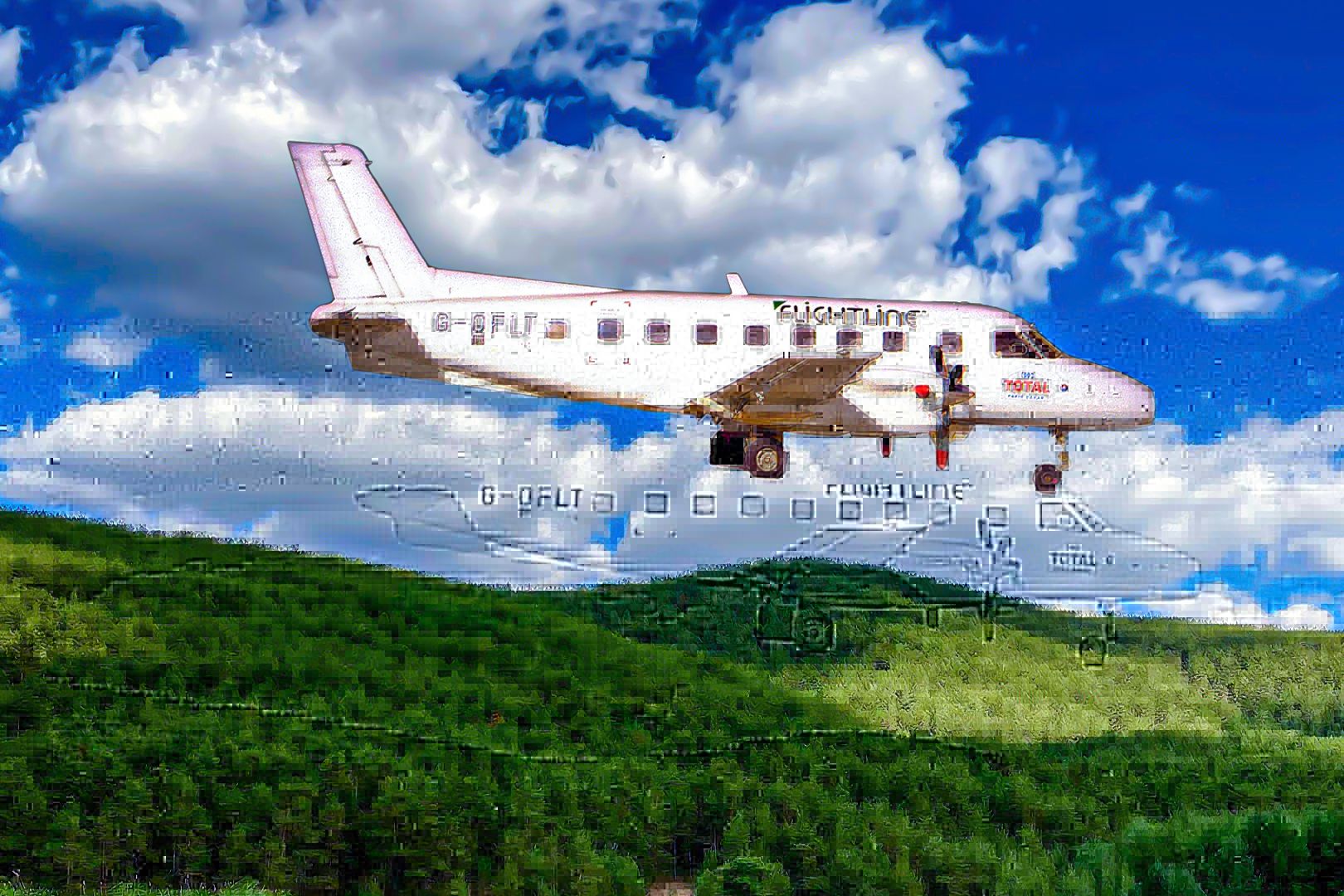
Embraer is the third-largest aircraft manufacturer in the world, trailing only Boeing and Airbus for total aircraft produced per year. The company is most known for its production and dominance in the commercial regional airliner market. This includes the original Embraer Regional Jet (ERJ) series, which includes the ERJ 135, ERJ 140, and the ERJ 145.
These aircraft can each transport 37 passengers, 44 passengers, and 50 passengers, respectively. Embraer's E-Jet family aircraft dominate the North American regional market. The ERJ series was retired in 2020, after a total of 1,250 aircraft were built, and instead focused on its upgraded regional airliner family of aircraft.

These regional jets are much larger than the ERJ family. The smallest of the upgraded regional jets in the E-Jet family, the Embraer 170, can fit between 66 and 78 passengers. More recently, Embraer began production of the E-Jet E2 series, a significant upgrade from the original E-Jet series.
Over 100 E2 aircraft have been produced since the aircraft series was introduced in 2018. However, Embraer has also ventured into the civil aviation and private aviation industries over the years. Currently, the Brazilian manufacturer produces the Phenom series, a very light business jet and a light business jet , which are some of the most flown private jets in the world.
It also produces the Embraer Praetor 500 and Praetor 600, which are midsize and super-midsize business jets , representing its offerings in the larger business jet market. Before its current private jet offerings, Embraer first ventured into the general aviation and private aviation industry with a turboprop-powered aircraft. This aircraft was called the EMB 110 Bandeirante.
Let's take a closer look at the aircraft that helped Embraer enter the private aviation industry, as well as some of the features that made this aircraft popular in both the civil aviation industry and the military industry. About the Embraer EMB 110 Bandeirante The first concepts of the Embraer EMB 110 Bandeirante began development in the early 1960s. The Brazilian Ministry of Aeronautics released a directive in 1965 that specified a need for a transport aircraft.
This aircraft was to be used for both civilian and military operations, but would still have low operating costs. The Brazilian Ministry of Aeronautics specified the need for a turboprop-powered aircraft and the requirement to transport up to eight people. Because of this, the French aircraft engineer, Max Holste, began designing the aircraft in the late 1960s.
The development of the aircraft was led by Holste, but also had major contributions from Ozires Silva. The first prototype of the aircraft conducted its maiden flight in October 1968. The aircraft had a successful flight, and both pilots mentioned positive operating mechanics.
This directly led to the development of two additional prototype aircraft. The prototype aircraft then began undergoing an extensive flight test and certification program. The early prototypes were shown to both civil operators and military officials in the late 1960s and saw a positive response.
Because of this, the Brazilian government decided to create a government-owned corporation, which later became known as Embraer, to begin the production of this unique aircraft. The initial aircraft underwent a significant redesign in the early 1970s, including a longer fuselage that could transport more passengers. The aircraft was eventually named the EMB 110 Bandeirante after its redesign.
It was officially certified in late 1972, and deliveries of the aircraft began the following year. The EMB 110 Bandeirante was produced until 1990, with over 500 total aircraft delivered. It was also later developed into a larger turboprop-powered aircraft, the EMB 120 Brasília, which was used by regional airlines.
The many operators of the Embraer EMB 110 Bandeirante Because the Brazilian government directly funded the creation of the EMB 110 Bandeirante, the Brazilian Air Force (FAB) became one of the largest operators of the Bandeirante. It originally placed an order for 80 aircraft in the early 1970s, but ordered more to operate over 100 aircraft at one point. Several other militaries took advantage of this aircraft, including the following operators: National Air Force of Angola Chilean Navy Uruguayan Air Force Argentine Navy However, the aircraft also saw success in the civil aviation industry.
Many executives and wealthy travelers purchased the aircraft for personal use over the years. It was also utilized by several charter companies, such as SkyDrift Air Charter, Manaus Aerotáxi, Transportes Aéreos Guatemaltecos, and AirNow. Additionally, the Bandeirante was utilized by many regional airlines throughout the world.
This includes the following regional airlines: Ryanair Wiggins Airways King Island Airlines Aerocaribbean Design features and performance specifications of the Embraer EMB 110 Bandeirante The EMB 110 Bandeirante was a low-wing aircraft that featured retractable landing gear. As previously mentioned, the aircraft was originally designed to fit only eight passengers. However, it was redesigned to fit up to 18 passengers.
This redesign also fitted the aircraft with a pressurized cabin. The aircraft was powered by two Pratt & Whitney Canada PT6A turboprop engines. Each of these provided the aircraft with approximately 750 horsepower.
The Bandeirante utilized a pair of constant-speed Hartzell propellers. Overall, these features helped the aircraft achieve the following performance specifications: Maximum capacity 18 passengers Length 49 feet six inches Height 16 feet two inches Wingspan 50 feet four inches Maximum takeoff weight (MTOW) 13,007 pounds Cruise speed 222 knots (255 miles per hour) Range 1,060 nautical miles (1,220 miles) Service ceiling 22,000 feet.










